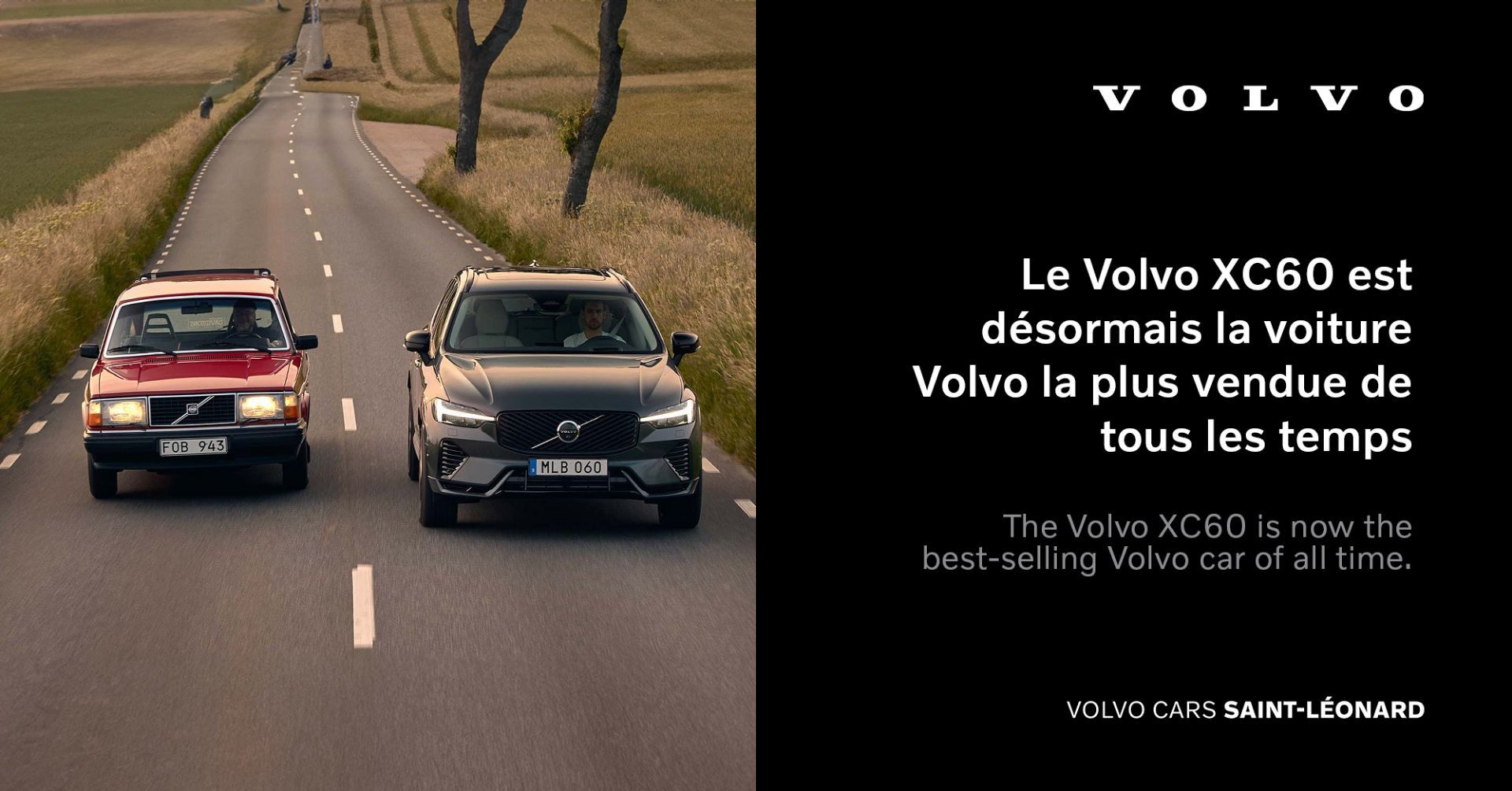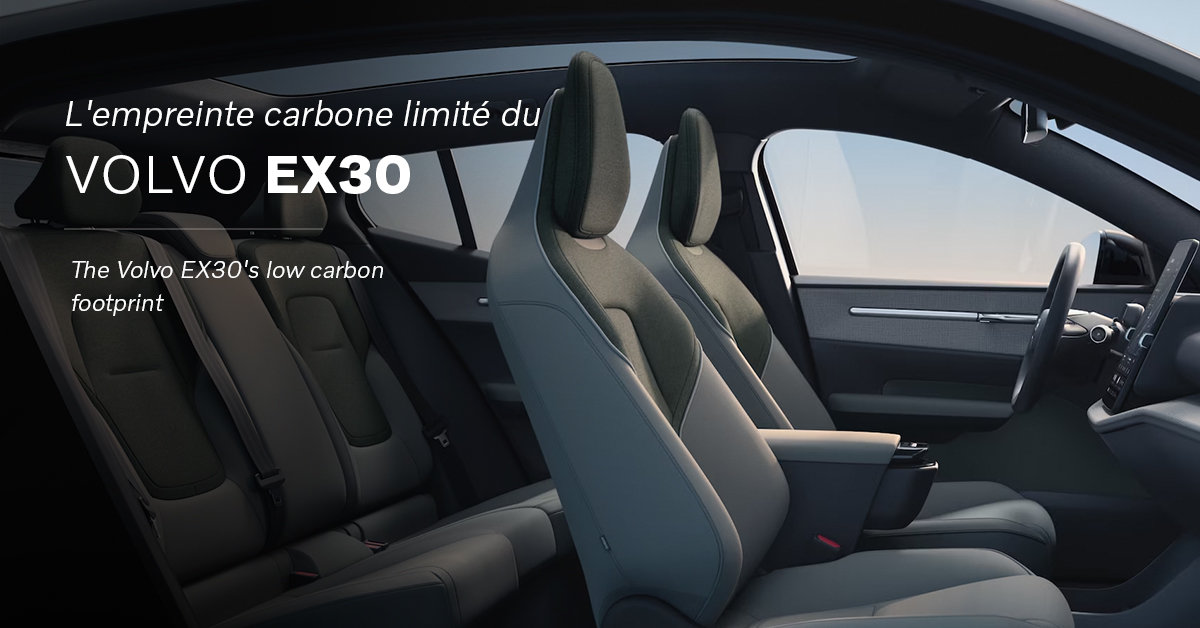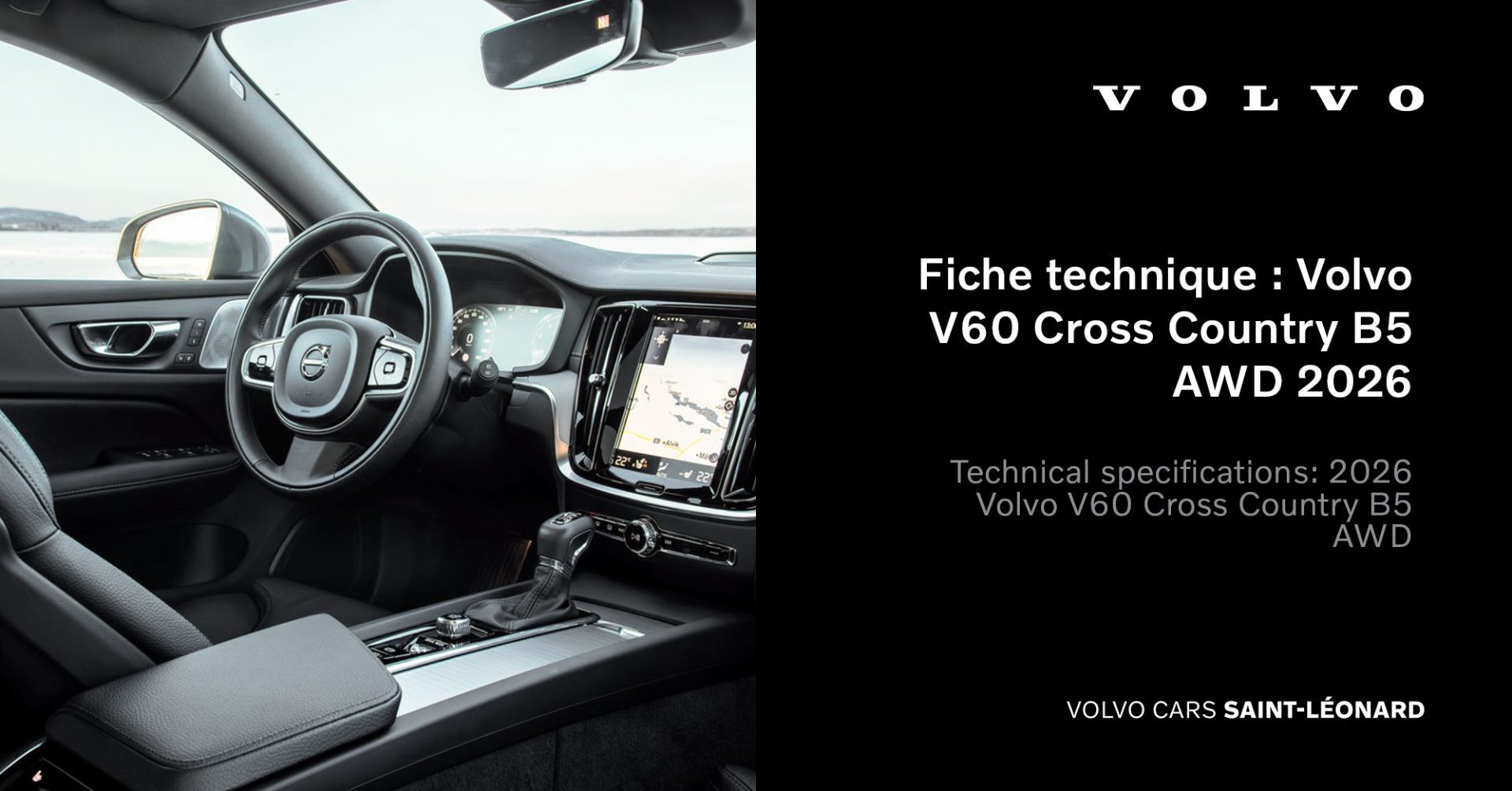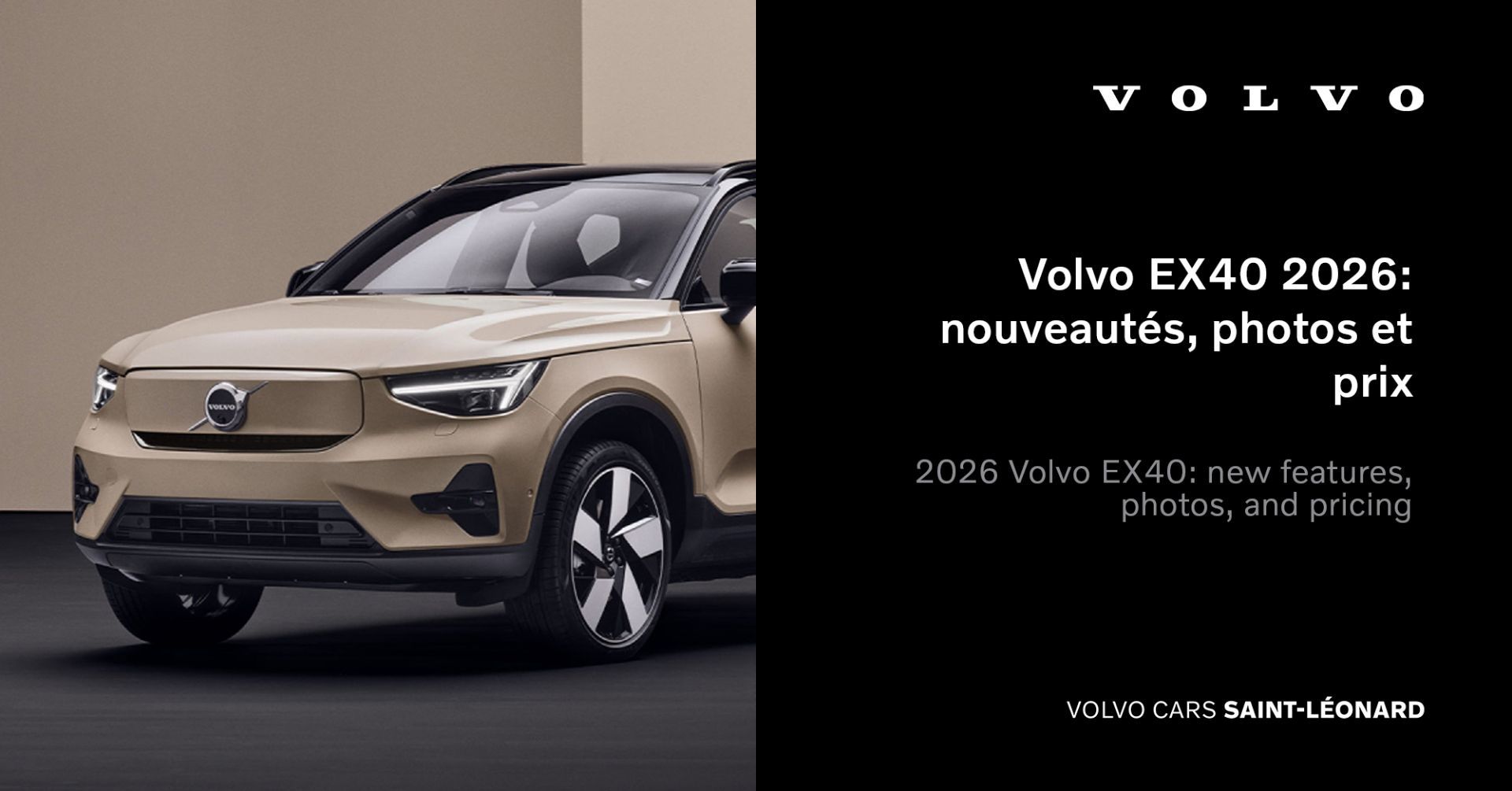
The Volvo XC60 is now the best-selling Volvo car of all time.
With over 2.7 million units sold worldwide, the Volvo XC60 has just surpassed a monument of Swedish automotive history: the Volvo 240. This ranking...
Read moreVolvo Cars Saint-Léonard
Volvo Cars Saint-Léonard
4315 Boulevard Métropolitain Est, Montreal, QC, H1R 1Z4
Volvo's goal is no secret - the brand wants to reduce its carbon emissions to carbon neutrality by 2040. But it knows that achieving this goal requires more than just producing electric vehicles.
We need to go further, stronger.
So, with the launch of the Volvo EX30, the brand wants to show that it is possible to produce electric vehicles with a low carbon footprint (in terms of production), and to do so for as many people as possible.
In this article, we explain the manufacturing process of the Volvo EX30.

For a Volvo to be carbon-neutral, it's not just a matter of making it run electrically. It's about the entire manufacturing cycle, from development and construction to transportation.
As a result, the Volvo EX30 will be built in a factory powered 100% by renewable energy sources. Just like the materials produced in the factories of external suppliers.
Also, the designers of the Volvo EX30 thought about combining several of the vehicle's functions into a single component to reduce the number of parts manufactured.
"By 2025, we aim to reduce our global CO2 emissions per car by 40% compared to 2018 levels, through a 50% reduction in global exhaust emissions and a 25% reduction in emissions from our operations, raw material sourcing and supply chain; all to achieve our goal of being a climate-neutral company by 2040." - Anders Kärrberg, Global Head of Sustainability.

Finally, Volvo uses blockchain technology for the traceability of raw materials, such as those that make up the battery (lithium, manganese, cobalt, graphite and nickel).
The result is a Volvo EX30 with an estimated upstream CO2 impact of around 18 tonnes*.
*The CO2 impact is calculated from the extraction of raw materials to the arrival of the Volvo EX30 at the dealership.
The Volvo EX30 is the 1st vehicle from the Swedish brand to introduce a significant number of recycled materials. For example:

A legitimate question is increasingly being asked about electric Volvos: what happens to them at the end of their life?
With the Volvo EX30, the Swedish brand aims to integrate a recovery process of up to 95%. As a result, a number of the vehicle's parts will be used in the manufacture of the brand's future vehicles.

With the Volvo EX30, the Swedish brand is tackling CO2 emissions. As a result, this compact SUV will emit only around 30 tonnes, from the production line to 200,000km of use. This figure represents a 25% reduction compared with the C40 Recharge and XC40 Recharge models, both of which are 100% electric.
Want to find out more about the new Volvo EX30?
The first deliveries are scheduled for Q1 or Q2 2024.

The Volvo XC60 is now the best-selling Volvo car of all time.
With over 2.7 million units sold worldwide, the Volvo XC60 has just surpassed a monument of Swedish automotive history: the Volvo 240. This ranking...
Read more
Technical specifications: 2026 Volvo V60 Cross Country B5 AWD
The Volvo V60 Cross Country B6 AWD is a raised wagon that targets modern families and active professionals looking for an alternative to SUVs,...
Read more
2026 Volvo EX40: new features, photos, and pricing
Following the electrification of the Volvo EX40 in 2023, the Swedish brand continues to update its compact SUV to better meet your needs. For the...
Read more